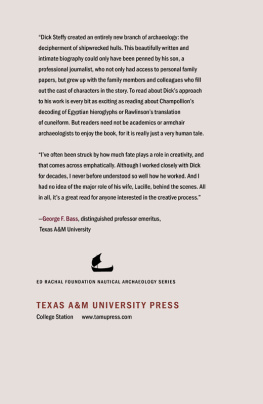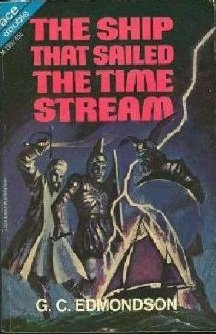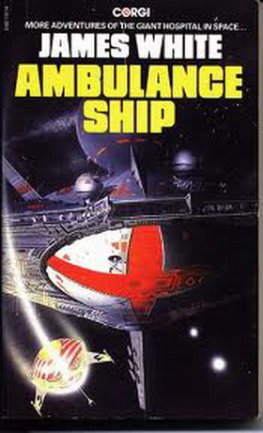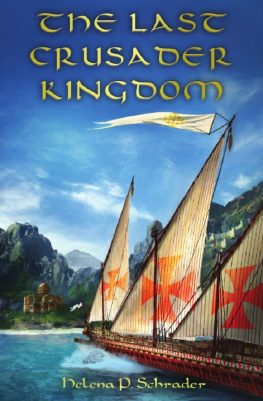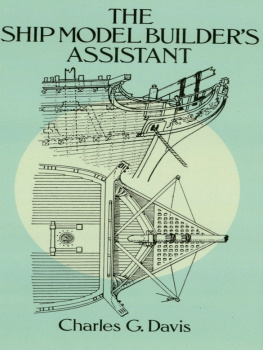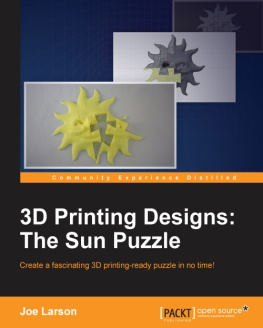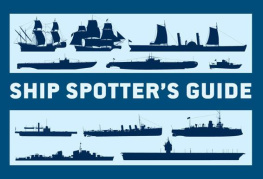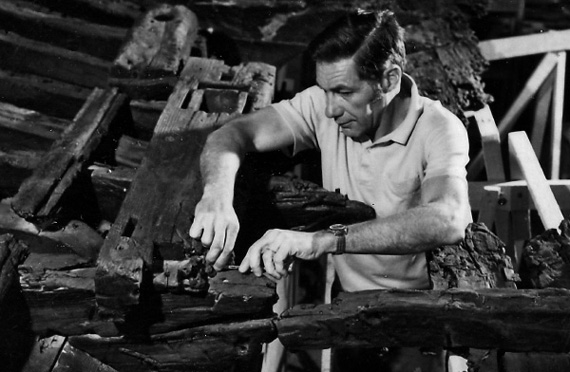Loren C. Steffy - The Man Who Thought like a Ship
Here you can read online Loren C. Steffy - The Man Who Thought like a Ship full text of the book (entire story) in english for free. Download pdf and epub, get meaning, cover and reviews about this ebook. year: 2012, publisher: Texas A&M University Press, genre: Home and family. Description of the work, (preface) as well as reviews are available. Best literature library LitArk.com created for fans of good reading and offers a wide selection of genres:
Romance novel
Science fiction
Adventure
Detective
Science
History
Home and family
Prose
Art
Politics
Computer
Non-fiction
Religion
Business
Children
Humor
Choose a favorite category and find really read worthwhile books. Enjoy immersion in the world of imagination, feel the emotions of the characters or learn something new for yourself, make an fascinating discovery.
- Book:The Man Who Thought like a Ship
- Author:
- Publisher:Texas A&M University Press
- Genre:
- Year:2012
- Rating:5 / 5
- Favourites:Add to favourites
- Your mark:
The Man Who Thought like a Ship: summary, description and annotation
We offer to read an annotation, description, summary or preface (depends on what the author of the book "The Man Who Thought like a Ship" wrote himself). If you haven't found the necessary information about the book — write in the comments, we will try to find it.
J. Richard Dick Steffy stood inside the limestone hall of the Crusader castle in Cyprus and looked at the wood fragments arrayed before him. They were old beyond belief. For more than two millennia they had remained on the sea floor, eaten by worms and soaking up seawater until they had the consistency of wet cardboard. There were some 6,000 pieces in all, and Steffys job was to put them all back together in their original shape like some massive, ancient jigsaw puzzle.He had volunteered for the job even though he had no qualifications for it. For twenty-five years hed been an electrician in a small, land-locked town in Pennsylvania. He held no advanced degreeshis understanding of ships was entirely self-taught. Yet he would find himself half a world away from his home town, planning to reassemble a ship that last sailed during the reign of Alexander the Great, and he planned to do it using mathematical formulas and modeling techniques that hed developed in his basement as a hobby.The first person ever to reconstruct an ancient ship from its sunken fragments, Steffy said ships spoke to him. Steffy joined a team, including friend and fellow scholar George Bass, that laid a foundation for the field of nautical archaeology. Eventually moving to Texas A&M University, his lack of the usual academic credentials caused him to be initially viewed with skepticism by the universitys administration. However, his impressive record of publications and his skilled teaching eventually led to his being named a full professor. During the next thirty years of study, reconstruction, and modeling of submerged wrecks, Steffy would win a prestigious MacArthur Foundation genius grant and would train most of the preeminent scholars in the emerging field of nautical archaeology.Richard Steffys son Loren, an accomplished journalist, has mined family memories, archives at Texas A&M and elsewhere, his fathers papers, and interviews with former colleagues to craft not only a professional biography and adventure story of the highest caliber, but also the first history of a field that continues to harvest important new discoveries from the depths of the worlds oceans.
Loren C. Steffy: author's other books
Who wrote The Man Who Thought like a Ship? Find out the surname, the name of the author of the book and a list of all author's works by series.

